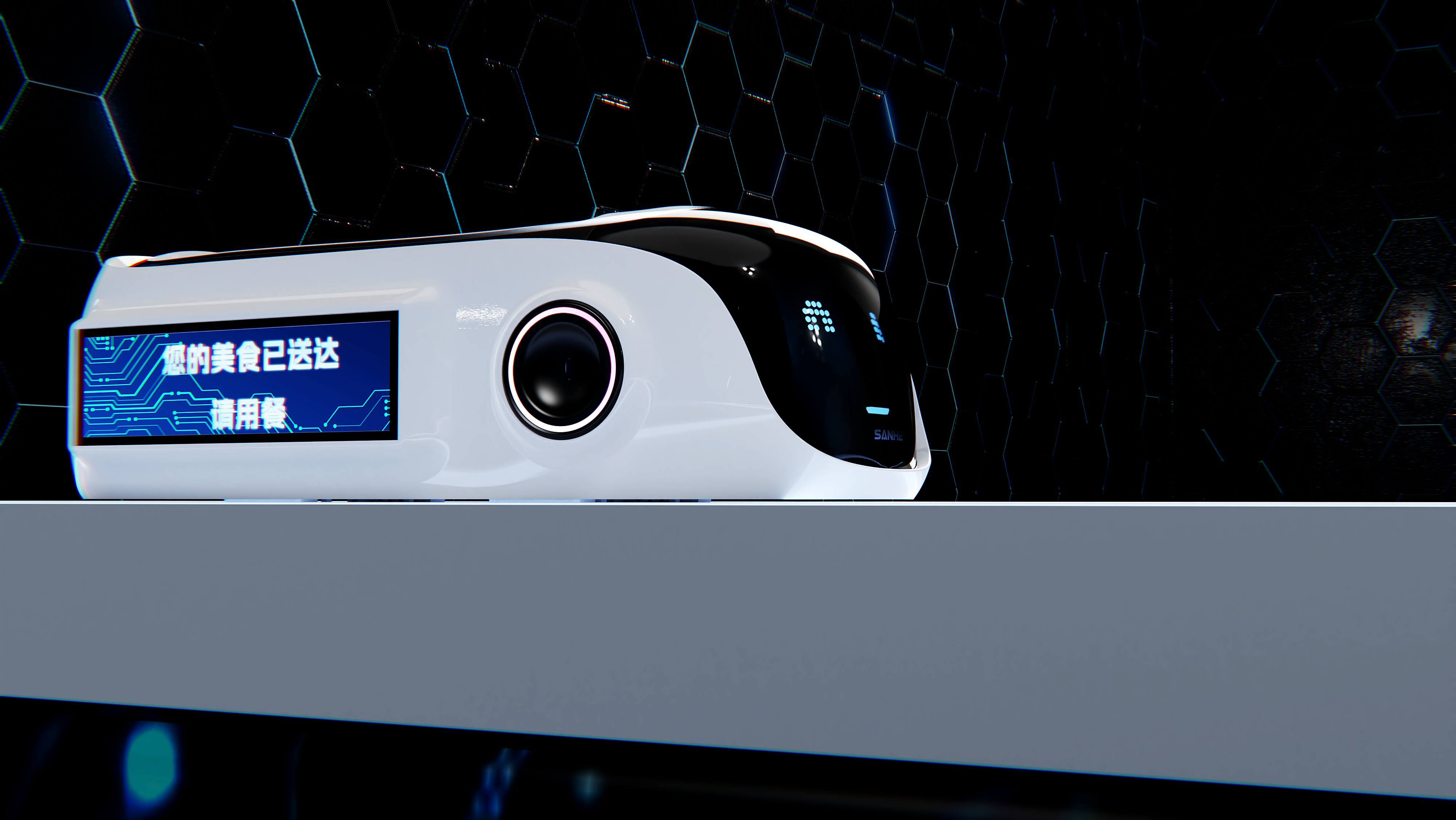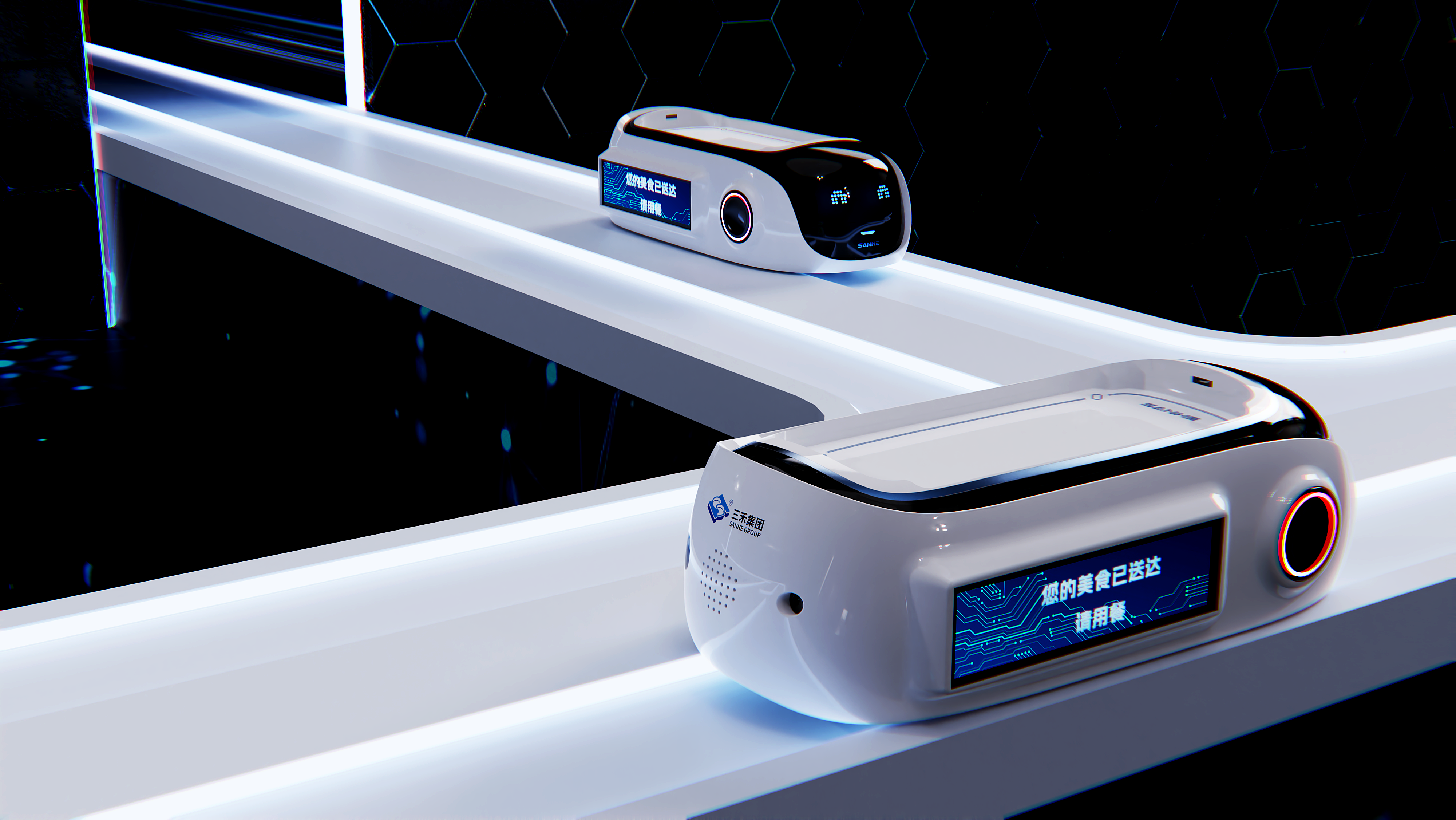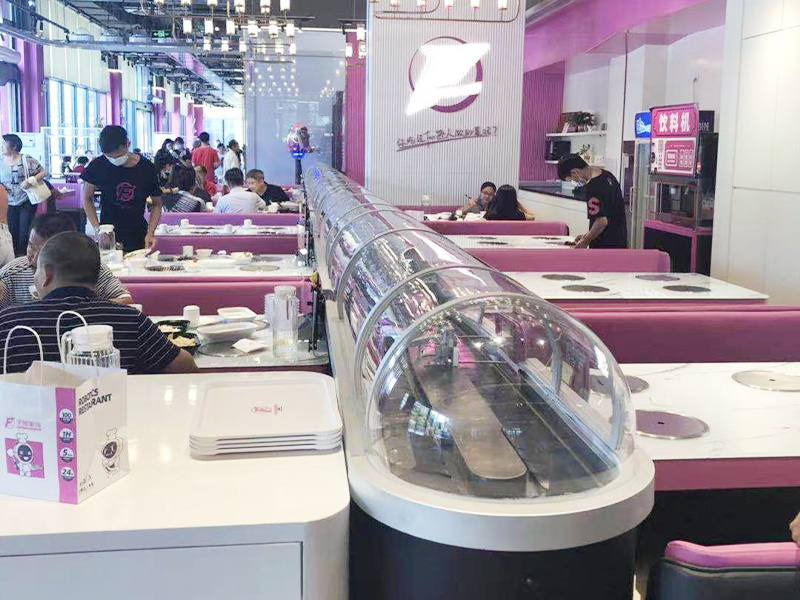Innovative Solutions for Efficient Sushi Food Delivery Trains
Release Time:2025-07-12
In the competitive landscape of food delivery, particularly for delicate items such as sushi, the efficiency of transportation plays a crucial role. Sushi food delivery trains are innovative systems designed to facilitate the swift and secure transport of sushi, ensuring that it reaches customers in optimal condition.
To achieve this, several factors must be considered in the design and operation of sushi food delivery trains. First and foremost, temperature control is imperative. Sushi, comprising raw fish and other perishable ingredients, requires precise temperature management to maintain freshness. High-quality insulated containers or refrigerated compartments are essential to prevent spoilage and ensure that the sushi is delivered at the right temperature.
Another important aspect is the speed of delivery. The sushi food delivery train must be equipped with efficient logistics systems that minimize transit time. This includes optimizing routes and utilizing real-time tracking technologies to monitor the progress of each delivery. By reducing the time sushi spends in transit, businesses can enhance the overall customer experience and maintain product quality.
Additionally, maintaining the presentation and integrity of sushi during transportation is critical. Sushi rolls can be delicate and prone to damage if not handled properly. Therefore, specialized trays or containers that secure the sushi in place while allowing for adequate ventilation are essential. These containers should also be designed to prevent any leaking of sauces or toppings, which can compromise the quality and presentation of the dish.
Moreover, the design of sushi food delivery trains should incorporate user-friendly features for delivery personnel. Ergonomically designed equipment, including hand trucks and carts, can reduce physical strain and improve efficiency. This not only benefits the delivery personnel but also ensures that sushi reaches customers promptly and in excellent condition.
In conclusion, the sushi food delivery train concept embodies a sophisticated approach to transporting one of the most popular and delicate cuisines. By focusing on temperature control, swift delivery, careful handling, and ergonomic design, businesses can ensure they meet customer expectations for quality and freshness. As the demand for sushi delivery continues to grow, investing in the right equipment and systems will enhance operational efficiency and customer satisfaction, positioning businesses for success in a competitive market.
To achieve this, several factors must be considered in the design and operation of sushi food delivery trains. First and foremost, temperature control is imperative. Sushi, comprising raw fish and other perishable ingredients, requires precise temperature management to maintain freshness. High-quality insulated containers or refrigerated compartments are essential to prevent spoilage and ensure that the sushi is delivered at the right temperature.
Another important aspect is the speed of delivery. The sushi food delivery train must be equipped with efficient logistics systems that minimize transit time. This includes optimizing routes and utilizing real-time tracking technologies to monitor the progress of each delivery. By reducing the time sushi spends in transit, businesses can enhance the overall customer experience and maintain product quality.
Additionally, maintaining the presentation and integrity of sushi during transportation is critical. Sushi rolls can be delicate and prone to damage if not handled properly. Therefore, specialized trays or containers that secure the sushi in place while allowing for adequate ventilation are essential. These containers should also be designed to prevent any leaking of sauces or toppings, which can compromise the quality and presentation of the dish.
Moreover, the design of sushi food delivery trains should incorporate user-friendly features for delivery personnel. Ergonomically designed equipment, including hand trucks and carts, can reduce physical strain and improve efficiency. This not only benefits the delivery personnel but also ensures that sushi reaches customers promptly and in excellent condition.
In conclusion, the sushi food delivery train concept embodies a sophisticated approach to transporting one of the most popular and delicate cuisines. By focusing on temperature control, swift delivery, careful handling, and ergonomic design, businesses can ensure they meet customer expectations for quality and freshness. As the demand for sushi delivery continues to grow, investing in the right equipment and systems will enhance operational efficiency and customer satisfaction, positioning businesses for success in a competitive market.
Keywords:Sushi Food Delivery Trains
CATEGORY
Related News
2024-02-03
Related










